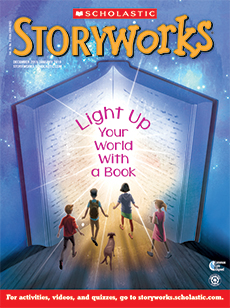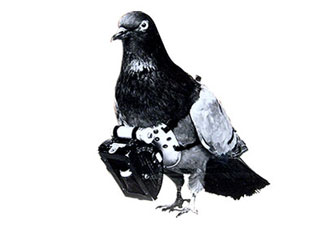The sun was shining brightly as Melody Day entered a playground in August. Six big, colorful musical instruments had just been installed at Heritage Elementary School in Wentzville, Missouri. The sixth-grader couldn’t help tears of joy from falling.
“I am amazed by this,” Melody said at the time.
This isn’t just any playground. The Melody Garden is the result of two years of Melody’s hard work. She helped her school build a place where all kids can play. That includes kids like her, who use wheelchairs.
“I just want all kids to be happy,” she says.

